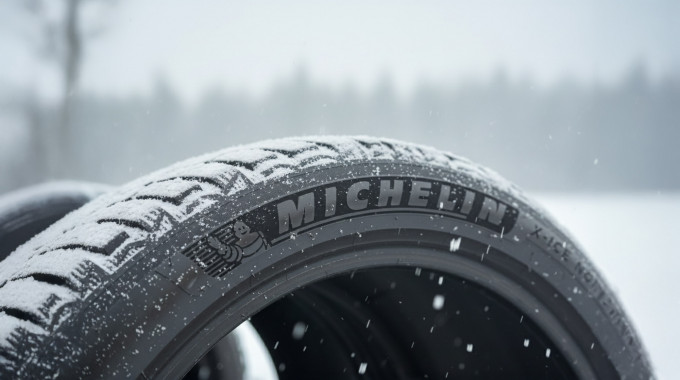
Buying a Used Hybrid Car: Here’s What to Look For
Long gone are the days of the quirky-looking Honda Insight with its funky colours and “fuel saving” wheel arch covers. If you didn’t know, the Honda Insight was introduced no less than 20 years ago in Canada and was the first of its kind in our part of the world.
Hybrid technologies in the automotive landscape have largely evolved since the Insight. Larger vehicles have emerged with larger batteries and styling compromises no longer have to be made. However, the luxury market has also jumped in and made the idea of a hybrid very attractive to those with deeper pockets.
Some modern luxury hybrid SUVs are even more powerful than their all-gas “performance” counterparts within the same lineup – like the Audi TFSI e, for example. Hybrids have become interesting because they offer, in most cases, the best of both worlds by storing, recuperating, and using electric power to assist the combustion engine in its primary functions.
If you’re in the market for a used hybrid vehicle, there are a few key things you should know before pulling the trigger. If you’re shopping for an EV instead, here’s our story on tips for buying a used electric car.
Regular hybrids versus plug-in hybrids (PHEV)
Regular hybrids
There are two primary types of hybrids: the regular hybrid and plug-in hybrid. Both types have a few things in common: a gas engine, an electric motor, and a battery. However, the ways in which they manage this energy differs.
Most regular hybrids use their electric motor at lower speeds. The combustion engine recharges the battery when accelerating or coasting at higher speeds. Energy is also harvested from braking by using regenerative braking technology. Modern hybrid vehicles have computers that will evaluate how the driver uses the vehicle and manage the energy accordingly.
The driver can also sometimes select a different driving mode to conserve electric energy or drive in all-electric fashion depending on their itinerary. Cars like the Toyota Prius or Ford Fusion hybrid are known in the used car market for their impressive range and efficiency.
Plug-in hybrids (or PHEVs)
Plug-in hybrids or PHEVs bridge the gap between hybrids and fully electric vehicles. They still have an internal combustion engine like regular hybrids and standard vehicles, but instead of a battery that gets charged exclusively while you drive, you can charge the battery using a standard plug at home or a high-speed charging station.
Plug-in hybrids can typically drive further from one full charge and fill-up (combined) in comparison to regular hybrids. Some PHEVs have only a few tens of kilometres of full electric range, while others, like the Honda Clarity, have up to 75 kilometres. Everything in-between allows drivers to complete short-distance daily errands on full electric power, providing that these vehicles can be recharged back home.
Newer models, like the 2021 Ford Escape PHEV we reviewed here, include more advanced hybrid-powered setups with smaller, more efficient batteries and improved charging capabilities.
Used hybrid cars: 3 things to consider before buying
Many shoppers are unaware that hybrids and PHEVs have almost all the same maintenance points and issues as all-gas cars. From oil and fluid changes to brake checks and routine suspension checkups, everything has to be taken care of. However, some elements are specific to PHEVs.
The batteries
Hybrids, PHEVs, and even EVs have both a 12-volt battery AND a traction battery. The 12-volt battery is the same one as you will find sitting alongside any other combustion engine, but the traction battery is the one that feeds the electric motor(s). Both have to be checked. If the former doesn’t work properly, the latter won’t be able to take over.
Battery degradation is a common issue for traction batteries. This occurs naturally and the battery’s cells die as the charging cycles increase over the years. A typical battery warranty is eight years/160,000 km. So, if the battery has been replaced recently, the hybrid you’re eyeing might just be a good buy.
Software updates and recalls
Software updates are made to optimize the performance of a hybrid vehicle after it rolls out of the factory. Make sure the vehicle you’re looking at has had all available software updates installed and, as you should with any vehicle, verify that all recalls have been addressed.
Some used hybrids and PHEVs have been subject to important safety recalls that can cause fire hazards (like the Chrysler Pacifica, which was recalled just recently).
Charging port and gear (PHEV)
Just like your cell phone cable and port, the charging gear on your PHEV can wear out and lead to problems and malfunctions. To take full advantage of your PHEV’s electric propulsion capabilities, make sure that all the connections are working perfectly.
Last but not least, a hybrid and PHEV should always be maintained and repaired by the dealership or a qualified hybrid technician. Make sure the records indicate that all maintenance has been conducted by a qualified professional or business. All of Canada Drive’s used hybrids come with a full inspection and are fully certified – take a look at our current used hybrid inventory here.







